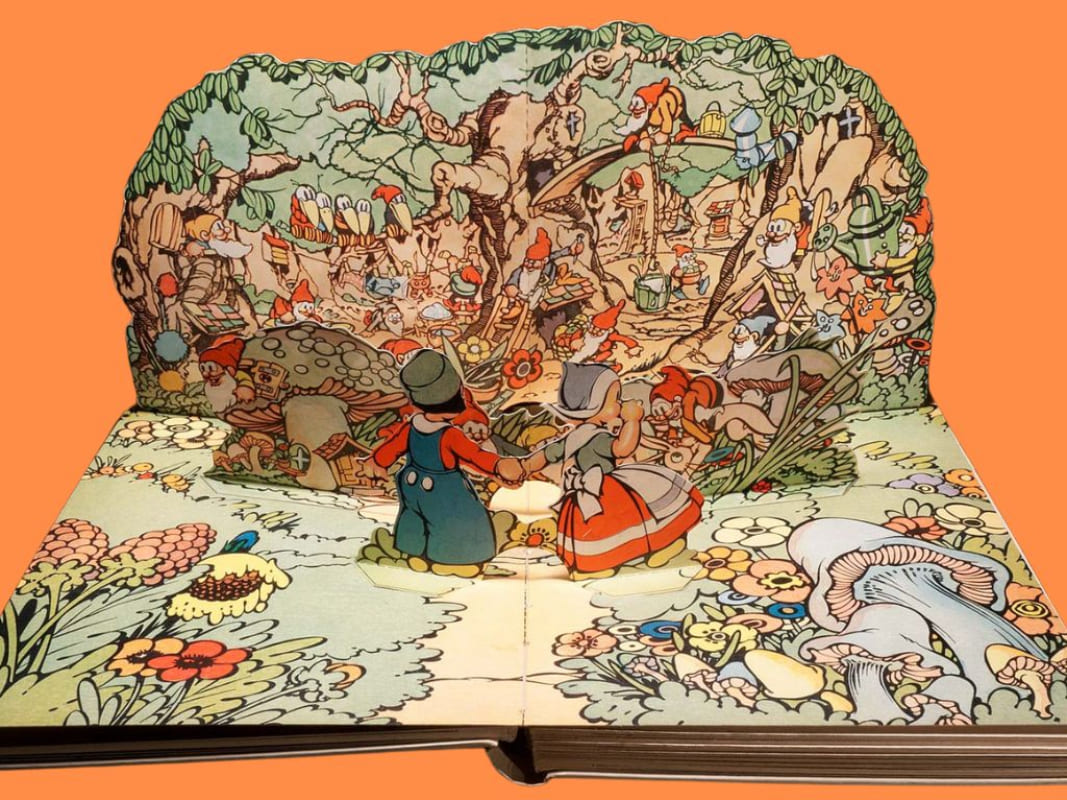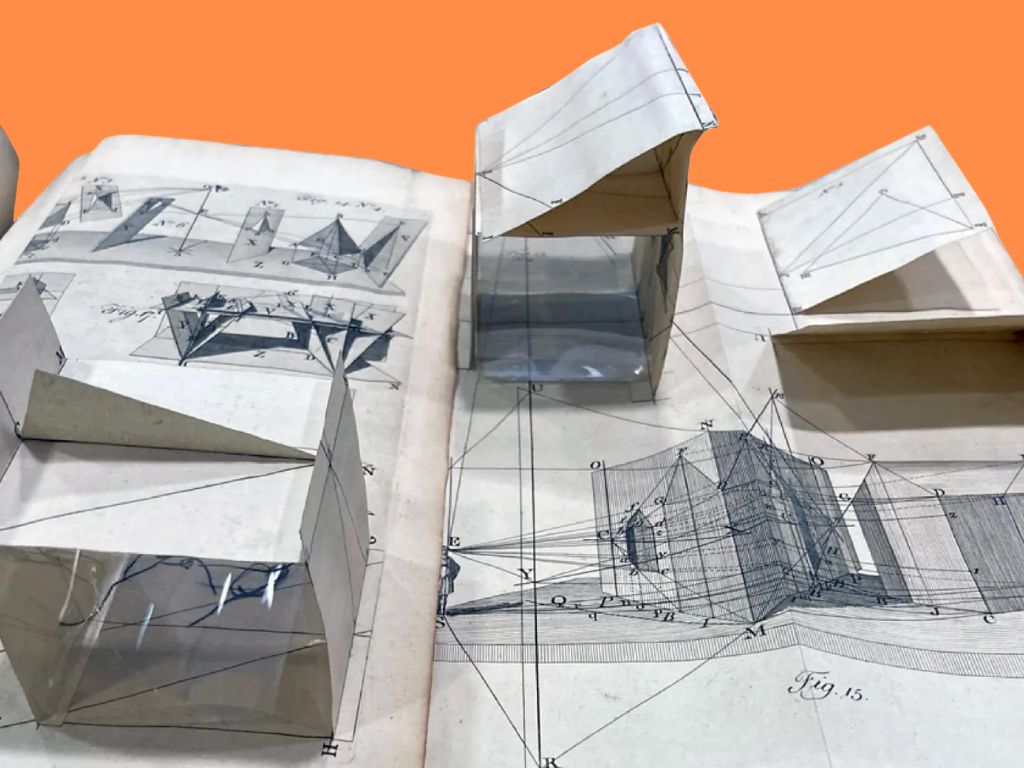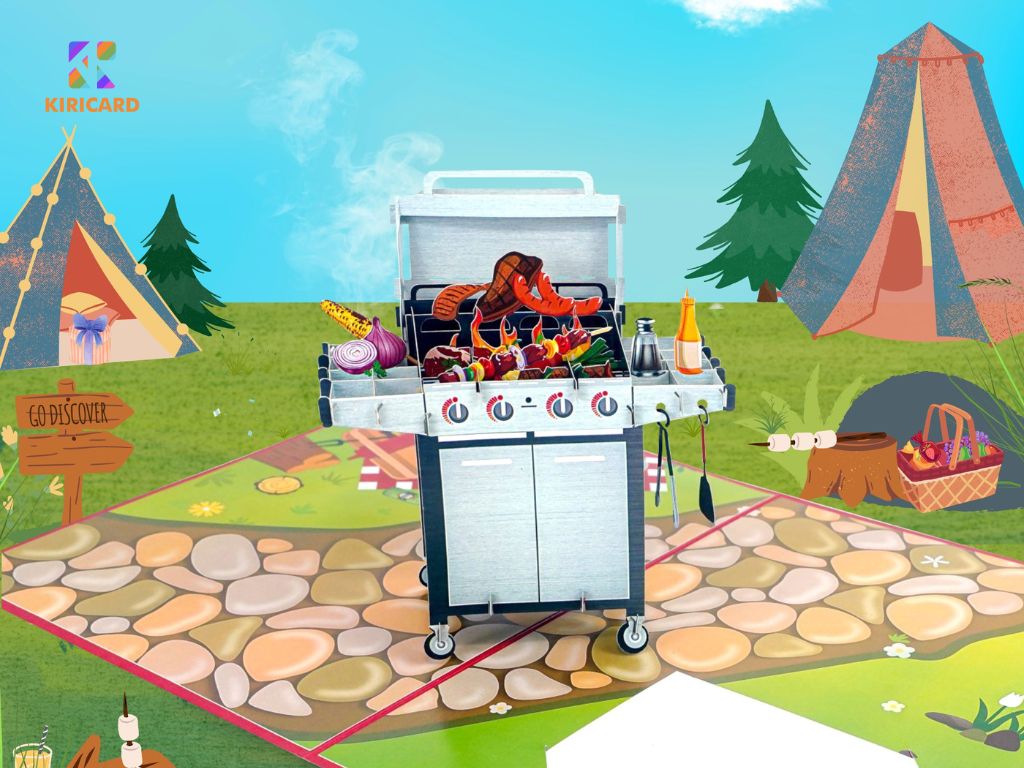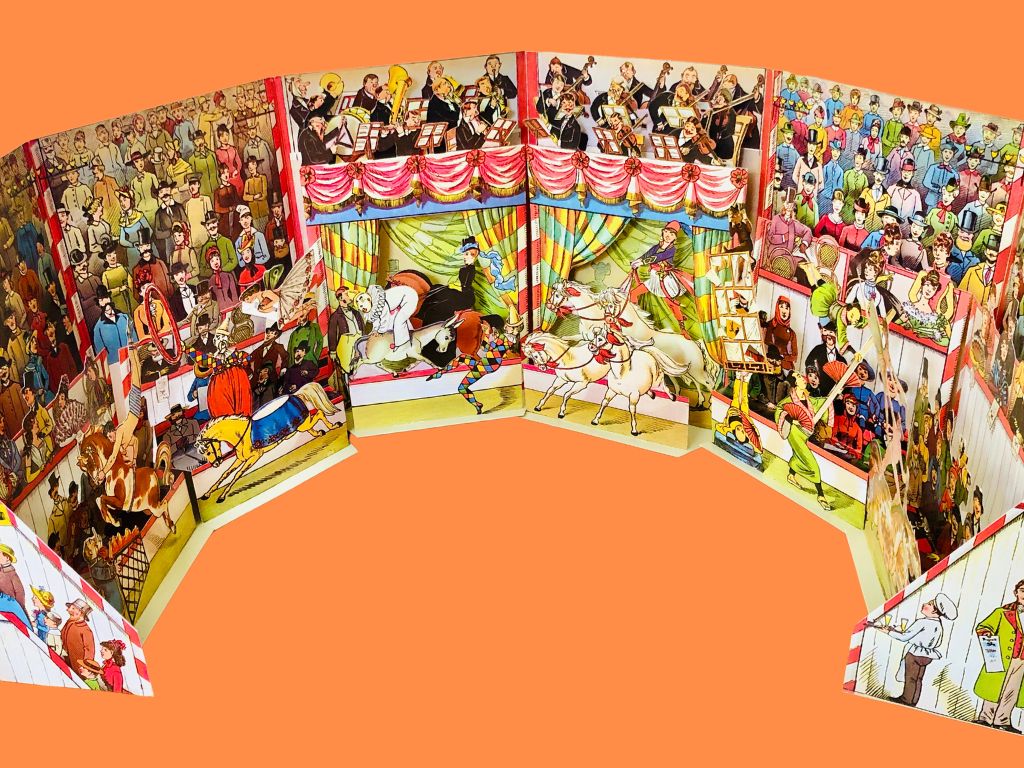
Blog
The History of Pop-up Cards: From History to Modern Trends

The history of pop-up cards has been gaining attention recently, hence they become increasingly popular in recent years as a creative and unique way to express emotions and celebrate special occasions. These three-dimensional cards feature intricate designs that pop up when the card is opened, providing an added element of surprise and excitement. In this essay, we will explore the history and origin of pop-up cards, as well as the modern designs and trends in pop-up card making.

History of Pop-up Cards: Origins
The very first instances of pop-up mechanisms can be traced back to 18th-century books like A Compleat Treatise on Perspective by Thomas Malton in 1775, which utilized three-dimensional paper mechanisms to explain the concept of perspective, marking one of the earliest known commercially produced pop-up books.

A Compleat Treatise on Perspective by Thomas Malton (1775)
Moving forward into the 18th and 19th centuries, publishers like John Newbery began producing fables for children in pop-up formats, which quickly gained popularity. This period saw the transition of pop-up books from educational tools to forms of entertainment, especially for children.
The innovation in pop-up books continued to grow, with significant advancements made by creators like Ernest Nister and Lothar Meggendorfer in Germany and Britain. These books featured pop-up designs and movable parts that allowed readers to interact with the illustrations. Meggendorfer’s books were widely popular and were soon followed by other artists and designers who began experimenting with pop-up designs in their own work.

International circus. London by Lothar Meggendorfer (1889)
The 20th century further saw the registration of the term “pop-up” by Blue Ribbon Books in the 1930s in America, focusing on children’s stories and marking a boom in the pop-up book industry with collaborations with entities like Walt Disney.

The Pop-Up Mickey Mouse Walt Disney First Edition (1920)
In the 1920s, the history of pop-up cards continued to expand in the United States, typically featuring designs related to holidays and special occasions. These cards were often handmade and featured intricate designs that were created using a variety of techniques, including cutting and folding paper to create three-dimensional shapes.
During World War II, pop-up cards gained even more popularity as soldiers stationed overseas used them to send messages and greetings to loved ones back home. These cards provided a way to communicate emotions and sentiments during difficult times and were often treasured as keepsakes.

Today, pop-up cards encompass a wide range of designs from whimsical and playful to elegant and sophisticated, including animals, flowers, landmarks, and seasonal themes for holidays such as Christmas, Valentine’s Day, and Easter. The introduction of laser cutting technology has enabled even more elaborate designs, while a trend towards sustainability has seen the use of eco-friendly materials in their creation.
Modern Developments in the History of Pop-up Cards
In recent years, the history of pop-up cards has experienced a resurgence in popularity as people look for unique and creative ways to celebrate special occasions. Modern pop-up card designs are often more intricate and detailed than traditional cards, featuring multiple layers of paper and intricate shapes and designs.

- Personalization: In the vibrant world of today, where unique self-expression holds immense value, personalizing pop-up cards has transformed them from simple greetings to cherished symbols of deep affection. This ability to customize—be it through heartfelt messages, special images, or particular themes—infuses each card with a bit of the giver’s essence, elevating a mere exchange to a memorable act of love and connection.
The variety in pop-up card designs spans a broad spectrum, offering something for every preference and occasion. From the playful charm of animals and the natural elegance of flowers to the iconic allure of landmarks and the joyful themes of holidays like Christmas, Valentine’s Day, and Easter, each card is an invitation to celebrate life’s milestones in a uniquely personal way.
Further enhancing this experience, many creators of pop-up cards now provide custom design services, allowing for an unprecedented level of personalization. Customers can select their own visuals and texts, crafting a one-of-a-kind masterpiece that speaks directly to the heart of its recipient.

Laser Printing & Laser Cutting Technology
- Technology: The advent of technology, especially laser cutting, has transformed the landscape of pop-up card creation, pushing the boundaries of design precision and complexity to new heights. The marvel of crafting detailed narratives and intricate visuals within the compact space of a folded card is a testament to this technological leap.
This innovation not only expands the creative possibilities available to designers but also captivates a broader audience, drawing in art lovers and collectors alike with the allure of miniaturized artistry. The modern era of pop-up card making is marked by the utilization of such technologies to conjure designs that are more elaborate and detailed than ever before.
The precision and intricacy achieved through laser cutting enable the creation of multi-layered scenes and complex shapes, enriching the pop-up card experience with depth and sophistication.

- Sustainability: The sustainability movement is leaving a green footprint on the pop-up card industry, mirroring a global shift towards more environmentally friendly practices. As society grows more conscious of its impact on the planet, pop-up card creators are turning to recycled materials and adopting eco-friendly methods to craft their beautiful designs.
This pivot not only resonates with eco-aware consumers but also aligns with a broader cultural movement toward preserving our environment for future generations. The transition to using recycled paper and non-toxic inks is a significant step forward, showcasing the industry’s commitment to reducing waste and promoting a sustainable future.
Through these efforts, pop-up cards are not just a medium for personal expression and connection but also a testament to the creative industry’s ability to innovate and adapt in response to ecological concerns.
8 Fun Facts About The History of Pop-up Cards

Ars Magna by Ramon Llull (1545)
- The early ancestors of pop-up cards were not created for entertainment but for scholarly purposes, featuring rotating circles to explore philosophical questions as seen in Ramon Llull’s work from the late Middle Ages such as Ars Magna (1545).
- Pop-up mechanisms were initially used in astronomy and medicine manuals during the Renaissance, employing foldable elements to illustrate complex concepts like moon phases and anatomy.
- The art form gained traction in the 18th century with publishers like John Newbery producing fables for children in pop-up formats, marking a shift from educational to entertainment purposes.

Le Grand Cirque International by Lothar Meggendorfer (1889)
- German illustrator Lothar Meggendorfer was pivotal in the 19th century, known for his complex and intricate designs that incorporated levers and pull tabs, enriching the pop-up book experience.
- The American publishing house Blue Ribbon Books trademarked the term “pop-up” in 1932, focusing on children’s stories in collaboration with Walt Disney, further popularizing the format.
- In 1765, printer Robert Sayer created a series based on pantomime characters, combining entertainment with education, which became very popular with young audiences.
- A notable example of 19th-century pop-up artistry is “Le Grand Cirque International” by Meggendorfer, showcasing his talent for designing complex mechanisms.
- Thomas Dean and Son were pioneers in the large-scale production of pop-ups during the 1860s, employing skilled craftspeople and artists to work on transformation-style books.
_________________________________________
Kiricard is a leading pop-up card manufacturer with a history of pop-up cards making over 10 years and hundreds of pop-up card models as well as exceptional customization service. We have thousands of pop-up designs and can produce more than 2 million pieces per year, making us one of the largest producers of pop-up cards in the world. Our production line is a testament to the harmonious blend of traditional artistry and contemporary technology.
One of our core values is a commitment to eco-friendliness. All of our products are made from sustainably sourced trees, and we strive to minimize our environmental impact at every stage of the production process. Our skilled team of designers and paper engineers work tirelessly to create stunning and intricate pop-up designs that will bring joy and delight to our customers while also protecting the planet.
If you’re looking for a unique and memorable way to celebrate a special occasion or send a message to a loved one, consider one of our pop-up cards. Browse our collection and place an order today or contact us for more info!!
Follow Our Blog for More Interesting Handmade Stories
Instagram | Facebook | TikTok | Pinterest
Become part of our community of artists, crafters, and enthusiasts. Together, let’s celebrate the beauty and diversity of handmade art. See you there!





 Christmas
Christmas Father’s Day
Father’s Day Valentine’s Day
Valentine’s Day Easter
Easter Thanksgiving
Thanksgiving Halloween
Halloween
 Birthday
Birthday Wedding
Wedding Anniversary
Anniversary Graduation
Graduation Baby Shower
Baby Shower House Warming
House Warming
 For Him
For Him For Her
For Her For Kids
For Kids
 Floral
Floral Animals
Animals Trees
Trees Architecture
Architecture Vehicle
Vehicle LGBTQ+
LGBTQ+ Just Because
Just Because
 Pop-up Box
Pop-up Box Pop-up Stand
Pop-up Stand